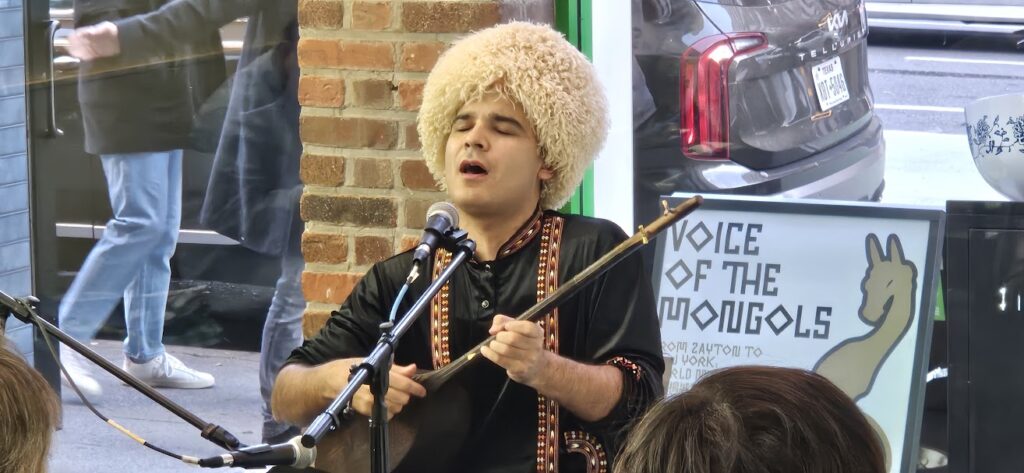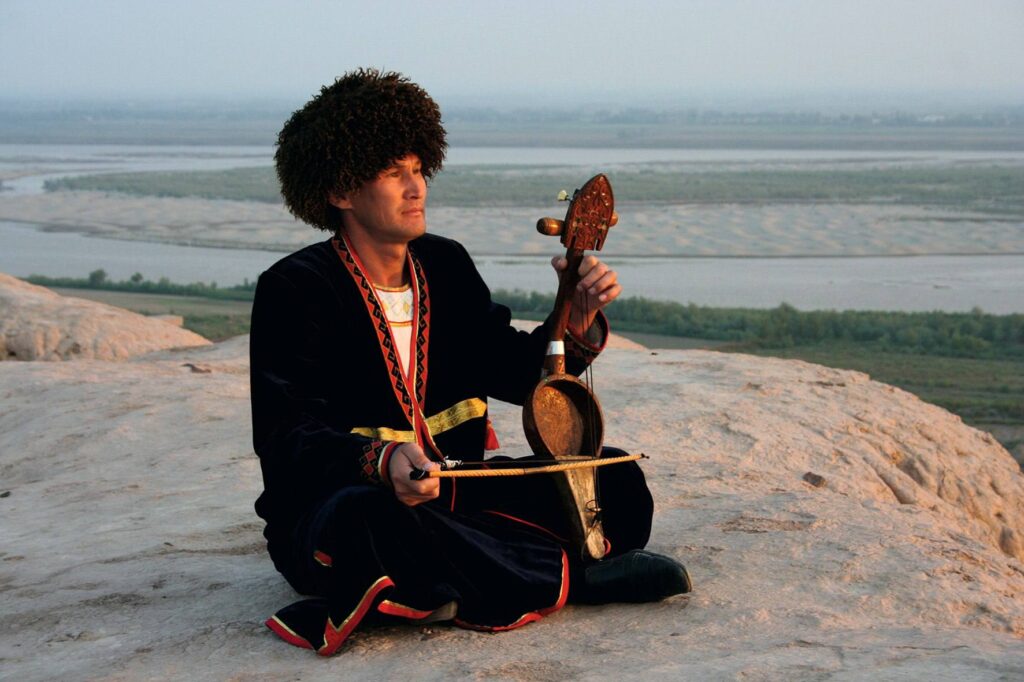Turkey’s Ministry of National Education has unveiled significant changes to its history curriculum, replacing the phrase “Central Asia” with “Turkestan.” Experts say this shift reinforces national identity and instills stronger patriotism in future generations.
President Recep Tayyip Erdogan stressed the importance of the unity of the Turkic world: “We will work shoulder to shoulder to make the coming period the era of the Turks by extending our vision of the ‘Turkish Century’ to the Organization of Turkic States.”
Professor Ahmet Taşagıl explained the historical meaning of the term Turkestan to TRT Haber. “The word Turkestan, meaning ‘homeland of the Turks’, has been used since the earliest periods of history. In the second half of the 19th century, due to the Russian invasion, the concept of Central Asia was introduced and spread instead of the name Turkestan,” he mentions.
Associate Professor Ramin Sadık commented on the decision of the Ministry of Education for TRT Haber. “Our appeal to the concept of Turkestan and its inclusion in textbooks by the Ministry of National Education is a very correct decision. Both Turkey and Turkestan mean a region where the Turks predominantly live,” Sadık said.
The expert notes that during efforts to create a shared history, geography, literature, maps, and alphabet for the Turkic world, the Ministry of National Education’s decision to use “Turkestan” in textbooks, even for children, is a significant step. He believes this change is a crucial start and a valuable contribution to Turkey, the entire Turkic world, and its partner countries.
Experts say the change is part of a broader strategy to strengthen ties in the Turkic world, including creating a shared history, literature, maps, and alphabet.









